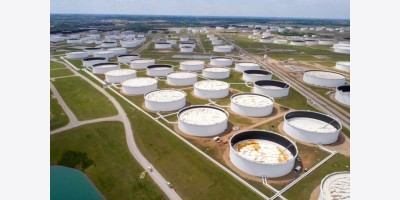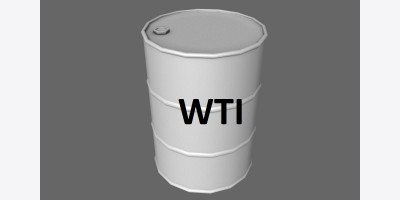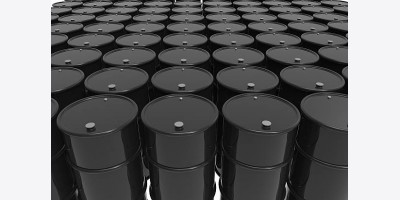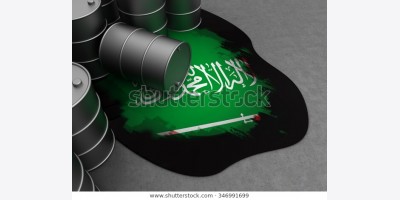Nick Cunningham
One of the most significant countries in terms of future oil growth may not be able to achieve its long-term production goals, raising red flags about global oil supplies in the years ahead.
For years, Iraq has been central to the IEA’s rosy scenarios for long-term sources of new oil supply. A few years ago, the IEA predicted that Iraq would more than double its output to 6.1 million barrels per day (mb/d) by 2020, and 8.3 mb/d by 2035 – nearly triple what Iraq was producing at the time the IEA published its report.
Any projection should be taken with a large degree of skepticism, but the IEA’s prediction that the world would be well-supplied for the next several decades was largely predicated on Iraq coming through with a huge ramp up in production. The increase of 5 mb/d from Iraq over the next twenty years would account for about 45 percent of the total increase in global oil supply.
But a lot has happened since the 2012 IEA report, not least of which is the war waged by ISIS and the collapse of crude oil prices.
Against the odds, Iraq has thus far succeeded in achieving impressive gains in oil production, exceeding 4 million barrels per day in recent months, a record high. It is the second largest OPEC producer behind only Saudi Arabia.
However, there are growing signs that Iraq is going to fall far short of its expectations. And that has ramifications for global supplies and for oil prices over the long-term.
Late last year, the IEA began to take the threat of ISIS seriously. The chief economist of the IEA warned that ISIS threatens the future stability of oil markets. “Suddenly a new parameter has come into the oil markets,” Fatih Birol said in November 2014. “In the past we talked about prices, supply, demand and economic growth. Now there is a new parameter: ISIS.” It’s not just that ISIS presented a physical security threat to oil fields. That is an easier scenario to avoid and prevent. The problem is that the state, and private oil companies, would not be able to make the necessary long-term investments to boost output.
But it isn’t just the security environment that will block investment. The collapse of oil prices are draining the state of cash. For much of this year, the central government in Baghdad has not paid oil companies operating in the country. The Kurdish Regional Government in Iraq’s north – a semiautonomous region that has signed its own oil deals with international companies – has also been unable to pay its private sector partners in full.
On September 6, the Iraqi government outlined the grim circumstances for its oil sector in a letter to oil companies, including ExxonMobil, Royal Dutch Shell, BP, Eni, and LukOil. “Because of the drop in our oil-sales revenues, the Iraqi government has sharply reduced the funds available to the Ministry of Oil,” the letter from the oil ministry read. “This will…reduce the funds available for the reimbursement of petroleum costs to our contractors.”
In Iraq, oil companies operate on service contracts, in which they develop and maintain oil fields and are paid by the government, ranging from $1.15 to $6 per barrel. With funding short, the ministry advised the oil companies to expect much lower payments. “They want us to increase oil production, but also reduce spending,” one oil executive told the FT.
Oil companies may be able to achieve modest cost reductions, but declining revenues could lead to much lower investment, which, in turn, will cut into future oil production. Iraq had previously put forward wildly ambitious plans for its oil output, expecting to reach 9 mb/d by 2020. This past June it cut that target to align with the IEA’s estimate of 6 mb/d, recognizing the threat of low oil prices. At this point though, few expect them to even hit that target. Wood Mackenzie expects production to be essentially flat through the end of the decade, rising to just 4.4 mb/d.
Moreover, a large portion of the more than 3 mb/d in production gains by the end of the decade was expected to come from the south near Basra, where Iraq’s super-giant oil fields are located. But the Wall Street Journal recently profiled one major project that is behind schedule, highlighting the precarious circumstances that Iraq’s ambitious production targets are based upon.
(Click to enlarge)
The project near Basra involved injecting saltwater from the Persian Gulf into oil fields in order to increase reservoir pressure and thereby boost production. But the project won’t be completed until at least 2020, seven years later than expected. Without the so-called Common Seawater Supply Facility, production from Iraq’s southern oil fields, which account for about three-quarters of the country’s output, could fall by 10 percent per year.
The evidence then points to Iraq not living up to the expectations of it making up such a large portion of global supply growth in the coming years. Taking away several million barrels per day of production capacity by 2020 that we had previously expected to come online suggests that the oil markets will tighten significantly in the not so distant future.
By Nick Cunningham, Oilprice.com
























